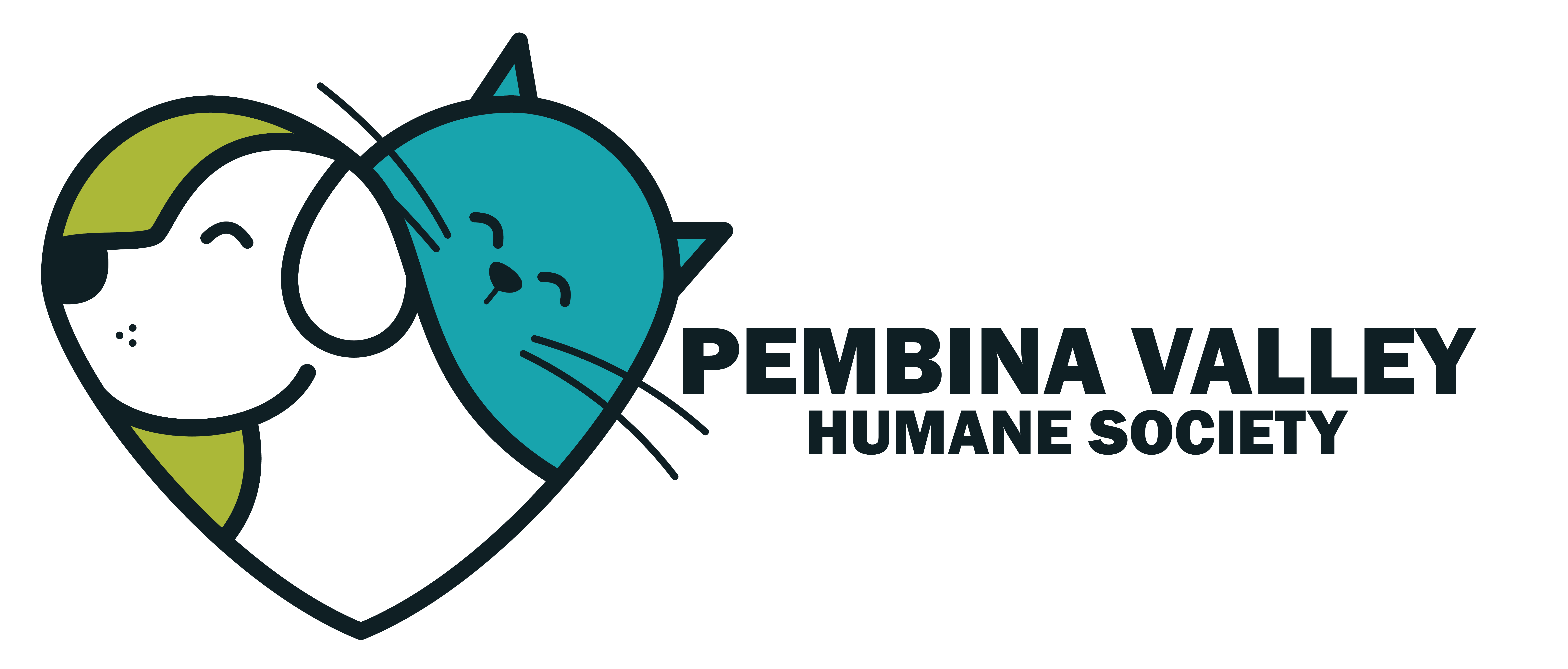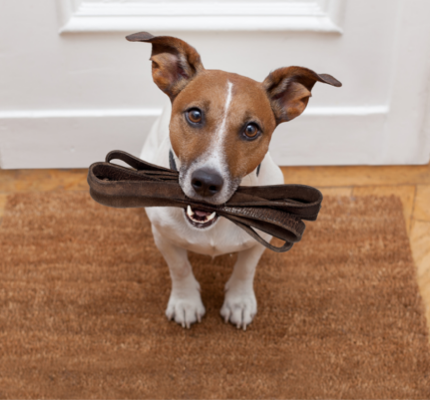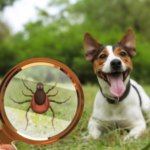– by Tania Sigurdson, PVHS Education Chair
As the snow melts and the puddles dry up, it is time to get outside and walk your pup. Walking is good for both you and your pup’s mental and physical health as well as creates an opportunity for positive training and socializing. Here are some tips for walking your dog.
1) If your dog is a puller, consider using a front clip harness that connects your leash at the dog’s chest rather than the back of their neck. This, combined with other tricks such as carrying treats, changing directions, stopping, and not letting your dog walk in front are all many tools and tricks you can find more information online to help stop your dog from being the one walking you.
2) Take your time to explore. Dogs get a lot of mental stimulation on walks if you build in time for sniffing and exploring the environment around them. While they do that, take time yourself to breath and take in the world around you. Too often we are in a rush to get things done. Use walks as a time for both you and your dog to explore and see and hear the things all around. Enjoy the changing trees of spring, the grass growing in green again (especially after the drought of brown grass last summer!), and the flower beds popping up with tulips and lilies. There is much to enjoy when we take the time to do so.
3) If your dog gets too excited, starts pulling, wants to bolt after the squirrel that just ran by, or barking at other dogs on your walk, don’t give up. It takes time and commitment to teach your dog to behave properly on walks but it is worth the effort for both you and your pup. There is lots of information out there for tips and tricks as what will work for your dog will be unique to them and their personality so you may need to try a few before you find the winner. You could start with some of these tips:
- Most importantly, stay calm yourself. If you are used to your dog behaving poorly on walks, you may start to feel stressed or tense when you see other dogs on your walk. Your dog knows you very well and can sense when you start to feel stressed and it will heighten them. Make sure you stay calm and model a calm response to your dog.
- Have lots of treats with you on your walk. This could be pieces of carrots or apples if your dog loves those as well. Reward good choices. When they are sniffing and you ask them to start walking again, have them stop and sit during the walk, stop and go in the opposite direction – reward with treats for following the new direction/pace. This further develops strong listening and recall.
iii. Talking calmly with lots of positive praise for good behaviour to your dog through your walk creates positive experience for them and something they look forward to. It also keeps their focus on you and continues to build a positive relationship between the two of you.
- Keep your walk unpredictable – change the pace, change the route, switch directions, etc. – this keeps your pup focused on you and remember…reward with both words, happy voices, and treats!
- While building this training and confidence, be free and ready to change the direction or route if your dog is struggling to stay focused on you and still trying to chase that squirrel or bark at the oncoming dog.
The most important thing is to get outside and enjoy the fresh air and exercise together. This has been a very long cold winter with a large amount of snow. Get out and enjoy spring – you have both earned it!
Last modified: October 7, 2023



